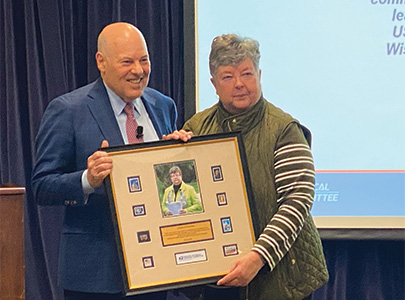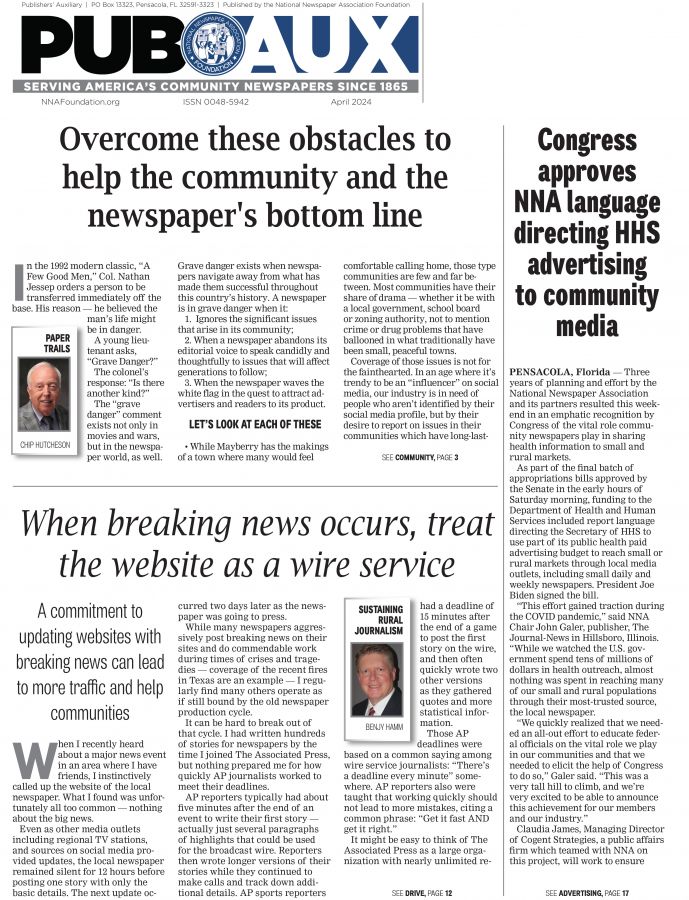High school students benefit from journalism camp
Sep 29, 2015
For the last 22 years, the campus of Eastern Illinois University has been the site of a journalism camp that prepares high school students for media careers.
By Stanley Schwartz
Managing Editor | Publishers’ Auxiliary
CHARLESTON, IL—For the last 22 years, the campus of Eastern Illinois University has been the site of a journalism camp that prepares high school students for media careers.
Each summer for two weeks, up to 18 high school students are housed at the university where they’re immersed in journalism training, said Joe Gisondi, a journalism professor and current director of the program.
It was started in 1993 with the help of John David Reed, now a retired journalism professor. He and two other faculty members sought funding to create the camp that would bring minorities to campus and give them the opportunity for careers in journalism.
“If they didn’t have the funds to get here,” Reed said, “we would drive to go get them.” He recalls driving to Chicago and other cities to pick up students.
The program has grown in scope since then, Gisondi said. When considering applicants for the camp, they are also looking for students from schools that don’t have a school paper or journalism classes.
When Reed helped start the program, reporting and feature writing were the main function of the training along with newspaper design. Now, students are provided hands-on instruction to the digital side of journalism, embracing online reporting, tweeting, social media and video. They even touch on broadcast news.
Reed said funding for the program has always been tough to find.
“We wanted to make sure the students didn’t have to pay for anything,” he said. At the time when a lot of the funding was drying up, Reed was a member of the Illinois Press Foundation. It was suggested then by other members of the foundation that IPF play a part in establishing funding for the camp.
“We couldn’t do this without the foundation,” said Sally Renaud, currently interim chair of the journalism department and a past director of the journalism camp. The camp also receives funding from the Robert R. McCormick Foundation and the Dow Jones News Fund.
Professional journalists work with the students over the course of the two weeks, sharing their skills and expertise in writing, reporting, photography and design, among other skills.
Gisondi said between three and eight journalists a day, up to 30 during the course of the camp, teach what they know to the budding journalists. And some of these professionals are Pulitzer winners, he added.
For Daniela Vidal, a journalism student at the University of Missouri’s Journalism School in Columbia, MO, the camp was an eye opener. Vidal learned about the camp through her high school adviser and applied.
“It teaches you the core skills you need,” she said. Back then, she was about to become the editor in chief for her high school paper and wanted to learn what she could about running a newspaper. Writing for and producing a newspaper on a tight deadline were some of the more important skills learned.
As part of the camp, Gisondi said, the students have to produce a newspaper. They also spend three days as interns at newspapers in Illinois and Indiana within 1½ hours of the campus, gathering information for articles that are then published in those papers.
“It was my first experience of what this job is really like,” Vidal said. She currently works at the campus radio station, KBIA-FM, and is considering a career in reporting on the radio. She would like to work for NPR.
She also noted that she met students from other areas of the state, which expanded her view and understanding of a variety of groups.
Vidal said she’s tried to maintain friendships with the other camp attendees over the years.
“It’s only been four years, but sometimes it feels like a lifetime,” she said.
It’s all practical application, said Renaud. The students attend city council meetings and visit community leaders and businesses to generate stories during the course of the camp.
It was those core skills she learned at the camp that Vidal said she employs today.
Not all the students go on to journalism jobs, Gisondi said. But what “we also want them to learn is media literacy.” This will make them consumers of news. And some of the students who attended the camp and went on to careers have come back and taught at the camp, passing on the knowledge of having gone through the course and what can be accomplished with that knowledge.














